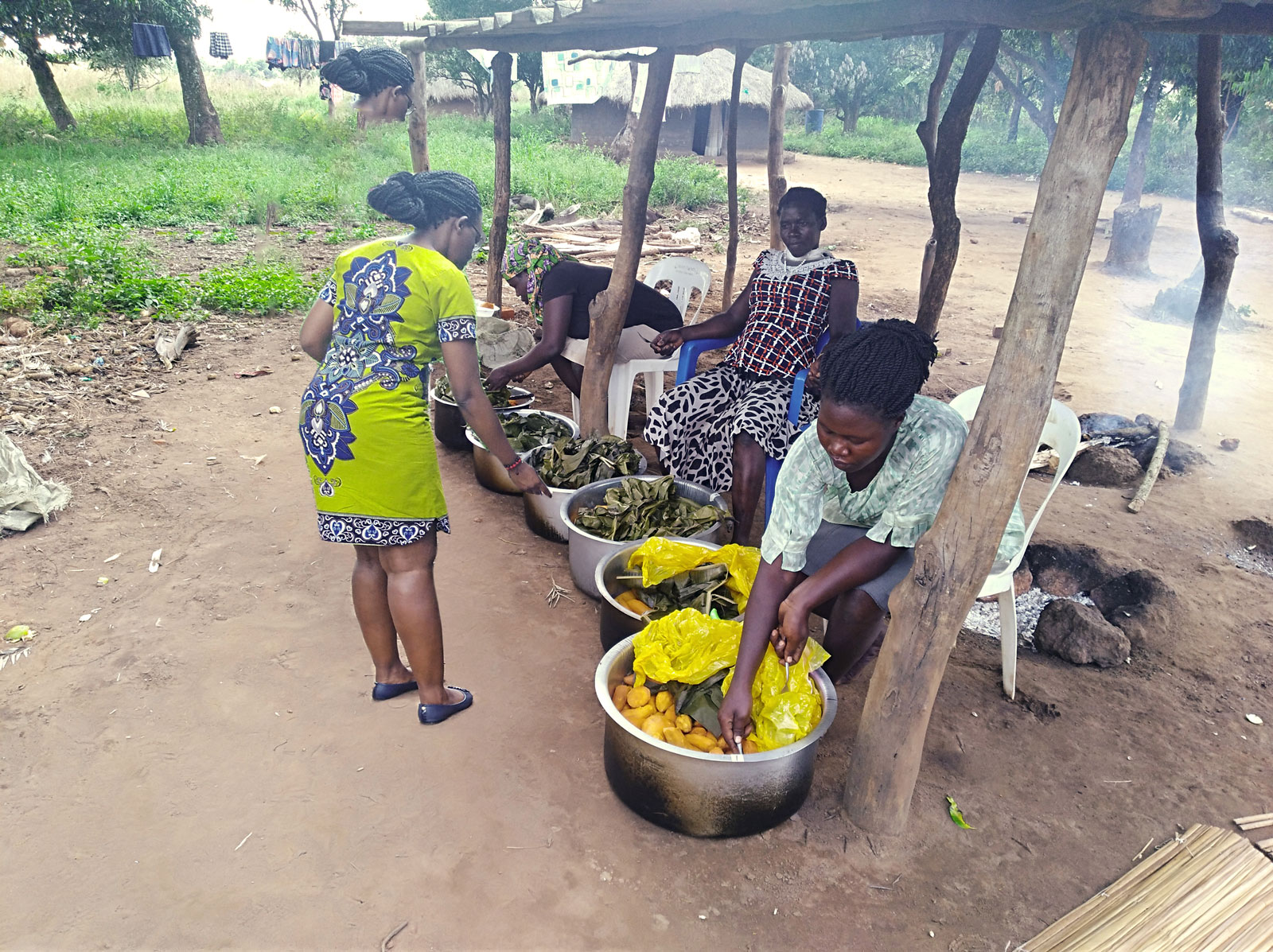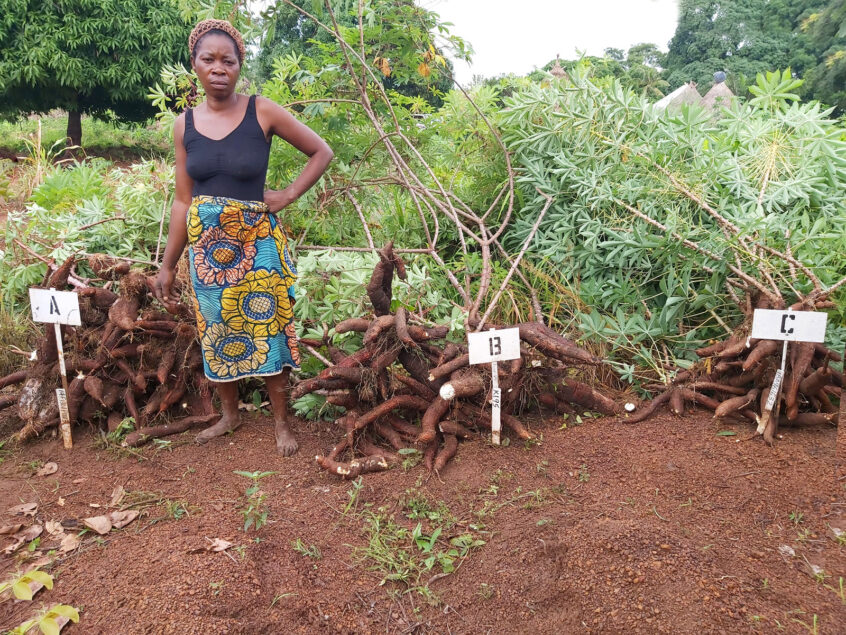Choose the best and the worst out of three: Tricot simplifies variety testing with large numbers of farmers

Citizen science crowdsources data directly from multiple users to improve the efficiency and accountability of agricultural research, using digital technology to gather and process data. The triadic comparison of technology options (tricot) is a novel citizen science method that facilitates farmer experimenters to evaluate crop varieties under real world conditions where each farmer ranks only three varieties. For each participating farmer, trial data, location and local climate are then captured on the online ClimMob platform, which allows data analysis. Consequently, tricot allows many more farmers to collaborate for varietal testing than was previously possible.
RTB has used tricot to test new cassava varieties in Uganda, Tanzania and Nigeria. The International Institute of Tropical Agriculture (IITA) and the National Root Crop Research Institute (NRCRI) did 320 trials with farmers across Nigeria. Cassava varieties were evaluated with mother-baby trials, where a large on-station trial, or “mother”, is replicated by various farmers, who each test some of the options, in what are known as “baby” trials, using tricot. IITA and NRCRI also evaluated processing with the household members who usually prepare these foods. Participants grew local varieties as a check and 15 improved ones and then processed the harvest into local foods (gari, eba and fufu).
The mother trials did not show significant differences in root dry matter, yet the baby trials showed that the landraces had significantly higher dry matter. This highlights the need to test new varieties under farmers’ conditions, and tricot allows for large numbers of farms to be included in the testing. Although the baby trials showed that farmers ranked the landraces higher for gari and eba quality, the recently released improved variety Game Changer was ranked well for all the food products. Tricot trials are also being conducted in Uganda with the National Crops Resources Institute (NaCRRI) and in Tanzania with the Tanzania Agricultural Research Institute (TARI) and data is being analysed to help select the most farmer-preferred varieties in these countries.
Getting the food characteristics right can help break through the barrier for adoption of improved root, tuber and banana varieties. RTB and partners have further innovated with tricot to evaluate cooked food with consumers in markets and centralized locations (such as schools) besides farmer households. Consumer preferences for 21 advanced breeding materials of sweetpotato were tested in Ghana, and for six released varieties in Uganda. 1,433 participants each tasted three sweetpotato varieties and explained which ones they preferred and why. In general, consumers liked the same varieties, whether they were tasted at home or at a central location. In Ghana, consumers preferred a white-fleshed, high dry matter clone in the breeding pipeline (PG17136-N1), thus helping inform trait prioritisation in the breeding program. Ugandans preferred Ejumula, an orange-fleshed, high dry matter landrace followed by NASPOT 13, a variety released in 2013.
“Using the tricot method in consumer trials gave us a practical, and replicable way to reconfirm that breeders had some varieties in the pipeline that would be highly acceptable to farmers and consumers,” says Kwabena Acheremu, CSIR Savanna Agricultural Research Institute.
Farmer participation is valuable in agricultural research. Innovations tested under real farm conditions should ideally be primed for rapid upscaling. However, participatory research can be expensive, and not always easy to replicate or to quantify. Tricot may help to make it more feasible to bring the perspectives of farmers, processors and consumers into plant breeding and other topics of agricultural research.

SHARE THIS

